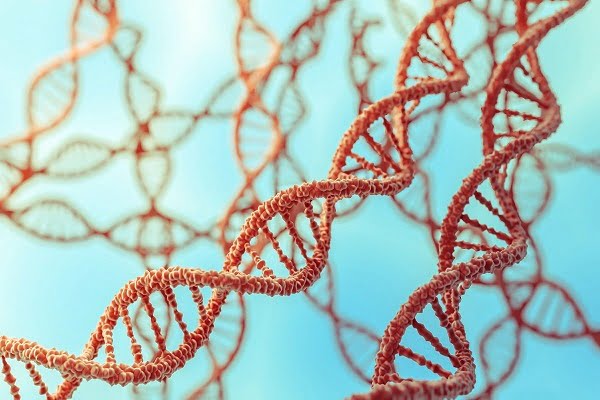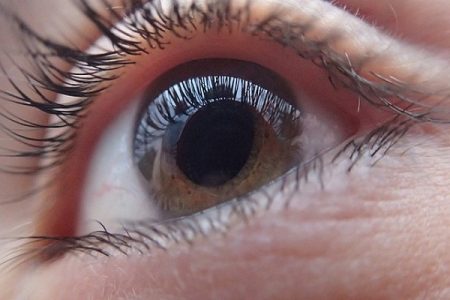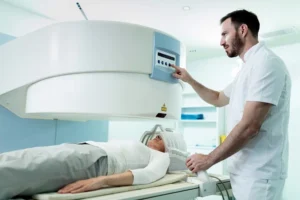Genetic Testing for Stargardt Macular Dystrophy (STGD)
- Updated on: Jul 15, 2024
- 3 min Read
- Published on Apr 22, 2021


Stargardt disease, also called Stargardt macular degeneration or juvenile macular degeneration, is a genetic eye disorder that causes progressive vision loss. The disease affects the retina of your eye. Retina is the specialized light-sensitive tissue that lines the back of your eye. A damage to the retina can cause complete blindness, in some cases.
Genetic changes causing stargardt disease
Stargardt disease is caused by mutations in the ABCA4 gene. Sometimes, the mutations may occur in the ELOVL4 gene, which can also cause this genetic disease. The ABCA4 and ELOVL4 genes provide instructions for making proteins that are found in light-sensing cells in the retina. These cells are called photoreceptors.
Mutations in the ABCA4 gene prevent the ABCA4 protein from removing toxic byproducts from the light-sensitive photoreceptor cells. These toxic substances build up and form lipofuscin in the retina, causing cell death. Loss of cells in the retina causes the progressive vision loss in the Stargardt disease.
See also: Stargardt Disease (Fundus Flavimaculatus): Causes, Signs, Symptoms, Diagnosis, and Treatment
See also: Low Vision Glasses for Stargardt Disease and other forms of Macular Degeneration
Genetic testing for Stargardt macular dystrophy
Clinical diagnosis of Stargardt disease is based on ophthalmological examination, electroretinography, visual field testing, fluorescein angiography, optical coherence tomography and color testing. Genetic testing is useful for confirming diagnosis, and for differential diagnosis, and for risk assessment.
A multi-gene NGS panel is used for the detection of nucleotide variations in coding exons and flanking introns in ABCA4,CNGB3, ELOVL4, PRPH2 and PROM1 genes. The causative variants and regions with low coverage are Sanger-sequenced. MLPA is used for detection of duplications and deletions in ABCA4 and PRPH2 genes. Sometimes, Sanger sequencing is also used for studies involving family segregation.
How is genetic testing done?
A single sample of biological material is usually sufficient for the testing. The sample may be taken from the blood or saliva. This may be about 1 ml blood with 0.5 ml K3EDTA or 1 ml saliva with 0.5 ml ethanol 95%. The test is rarely repeated. Only one sampling is sufficient.
Benefits of genetic testing Stargardt disease
The genetic test Stargardt disease is used to:
- identify changes in the causative genes in patients who are suspected to have the disease or are at risk of developing it
- distinguish the type of Stargardt disease a person has
- provide information about the mode of inheritance
- provide information about associated risks to other family members
Results of the genetic test for Stargardt macular dystrophy (STGD)
The test helps in the identification of pathogenic variants in ABCA4, CNGB3, ELOVL4, PRPH2 or PROM1 genes. This confirms the clinical diagnosis. A pathogenic variant is considered a causative agent for a genetic disorder based on the previous reports or anticipated to be causative agent based on the loss of protein function or expected damage to protein.
The test results can be:
Inconclusive: evidence indicative of benign or pathogenic for a given genetic disorder. Genetic testing may be extended in this case to a patient’s relatives.
Positive: identification of pathogenic variants confirms the diagnosis of the disease
Unexpected: Unexpected results may indicate such as absence of family correlation or the possibility of developing genetically-based diseases.
Negative: The absence of variations in the genomic regions is found. But it does not exclude a clinical diagnosis. It suggests the possibility of such as:
- alterations that cannot be identified by sequencing
- sequence variations in gene regions not investigated by this test
- variations in other genes not investigated by the test












